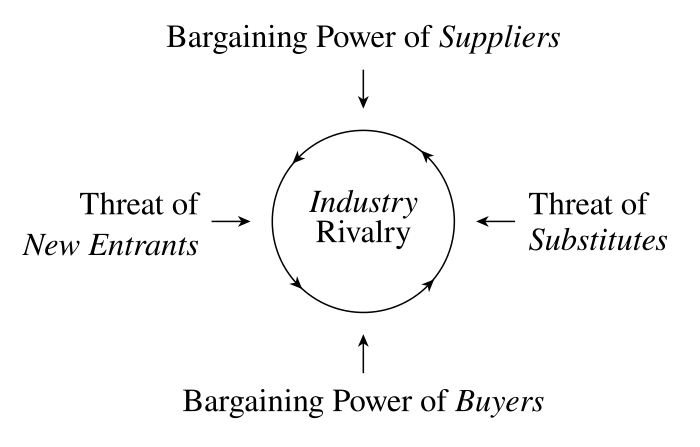

The tough start created a driving spirit to compete and also a dedication to branding. With no domestic route available after the separation, Singapore airline have been force to rely solely on international market, which subjected to heavy competition. Singapore Airlines is owned by Temasek Holding which is a state owned investment house. Due to political reason, the company was renamed Malaysian Airways, Malaysia-Singapore Airlines and finally split to Singapore Airlines and Malaysia Airlines System in 1972. Singapore airlines were originated from Malayan Airway Limited where the company started it business on year 1947. This analysis if often uses to evaluate an organisation’s competitive strength and its position in the industry. Freeman recommends a sixth force: Relative power of other stakeholders, being added to Porter’s original five forces. The five forces includes threat of new entrants, rivalry among existing firms, threat of a substitute products or services, bargaining power of buyers and bargaining power of suppliers. Porter during 1979 as a framework to analyse industry and business strategy.

Porter’s five forces are developed by Michael E. Strength and Weakness are factor internal to the organisation, it is often done by analysing the organisation’s financial position, product position, marketing capability, research and development capability, organisational structure, human resources, facilities/equipment and past objective and strategy. Opportunity and Threat are factors external to the organisation, PEST analysis is often perform for this purposes. Urick and Orr introduce SWOT analysis in 1964 during a seminar in Long Range Planning changing Satisfaction and Fault into Strength and Weakness. SOFT is the acronyms for Satisfactory, Opportunity, Fault and Threat. The SWOT analysis concept is originated from SOFT analysis introduced by Albert Humphrey with original goal to study corporate planning.
THREAT OF NEW ENTRANTS AIRLINE INDUSTRY DRIVERS
It is important to understand the key drivers of change on these factors and the differential impact of these external influences and drivers have on particular industries of interest. Another version of STEEPLE has further extended to include Ethical or Education and some even extended it to STEEPLED which includes demographic.

The Extended forms of PESTLE have further includes Legal and Environment. PEST stands for Political, Economic, Social and Technology. The theory is believed to be originated in the 1980s with various author included variations of the taxonomy classifications in a variety of orders: PEST, PESTLE, STEEPLE etc. PEST analysis is use extensively to organize the result of environmental scanning.


 0 kommentar(er)
0 kommentar(er)
